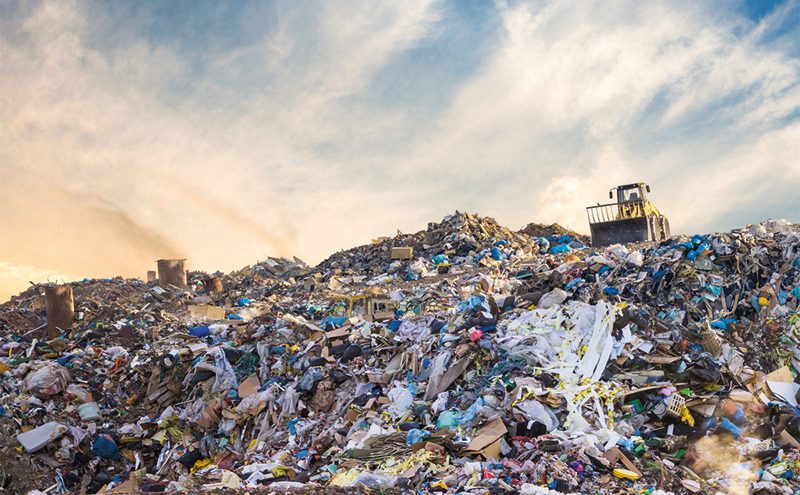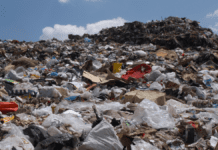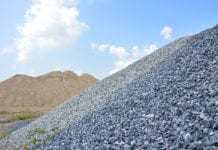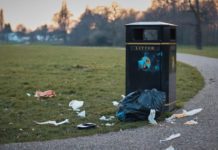
Scientists at the TSU Biological Institute (located in Tomsk, Siberia) have launched a research project aimed at better understanding the bacteria behind waste decomposition, and in so doing to create effective ways to minimise the emission of gases and odours from household and industrial waste.
Landfill gases poison lives in the literal and figurative sense. In the summer of 2018, the issue received a lot of publicity when there were reported cases of mass poisoning of local populations as a result of hydrogen sulphide emissions in an urban landfill near the town of Volokolamsk, west of Moscow.
According to scientists at the TSU, the task of microbiologists is to find out exactly which bacteria cause the secretion of hydrogen sulphide and find ways to neutralize them.
“The topic of household waste disposal is becoming more acute and is now being offered research funds,’ says Olga Karnachuk, project leader, head of the Department of Plant Physiology and Biotechnology at TSU. “Every year in Russia millions of tons of garbage are generated. Spoiled products and waste from pig farms and poultry farms during decomposition form hydrogen sulphide, one of the main components of the unpleasant odour associated with landfills. It is produced by sulfate-reducing bacteria that use sulfate for nutrition.”
Current evidence suggests that hydrogen sulphide is an important signaling molecule in both animals and humans. In small quantities, it can be useful, but in large quantities it is poisonous and in some cases leads to death.
There are several hundred types of sulphate-reducing bacteria belonging to different evolutionary groups, but no one has yet studied which of them live in landfills, according to the group. The microbiologists will find out, using molecular genetic analysis. At the initial stage of research, scientists will take samples and isolate the DNA of microorganisms, which will help identify them. In this case, the microbiologists will be assisted by employees of the Federal Research Centre “Fundamentals of Biotechnology”, who are said to be recognized experts in DNA sequencing.
Having identified on a genetic trail the species of sulphate-reducing bacteria that live in the Tomsk site for solid waste landfill, scientists will be engaged in isolating these microorganisms from samples. The study of the characteristics of bacteria will help develop technology to control them, they say. The microbiologists, along with scientists from the Laboratory of Physicochemical Methods of Analysis, will select inhibitors to restrain the growth of bacteria that produce hydrogen sulphide.






